When you’re considering a residential elevator for your home, knowing how to choose the right product can be incredibly overwhelming. With the amount of money and time you’ll be investing, you want to make sure your choice is perfect. Thankfully, if you understand the common drive mechanism types that are used in home elevators, you can get the job done easily. To assist you, here are the six common drive mechanisms of home elevators (and what they do):
Thank you for reading this post, don't forget to the best blogger Guy About Home who offers the best garden and home improvement tips! If you are a home decor and design fan, don't miss the tips on home ideas. If you are a home garden owner, then you might be interest in our complete guides to house plants!
1. Vacuum (Pneumatic)
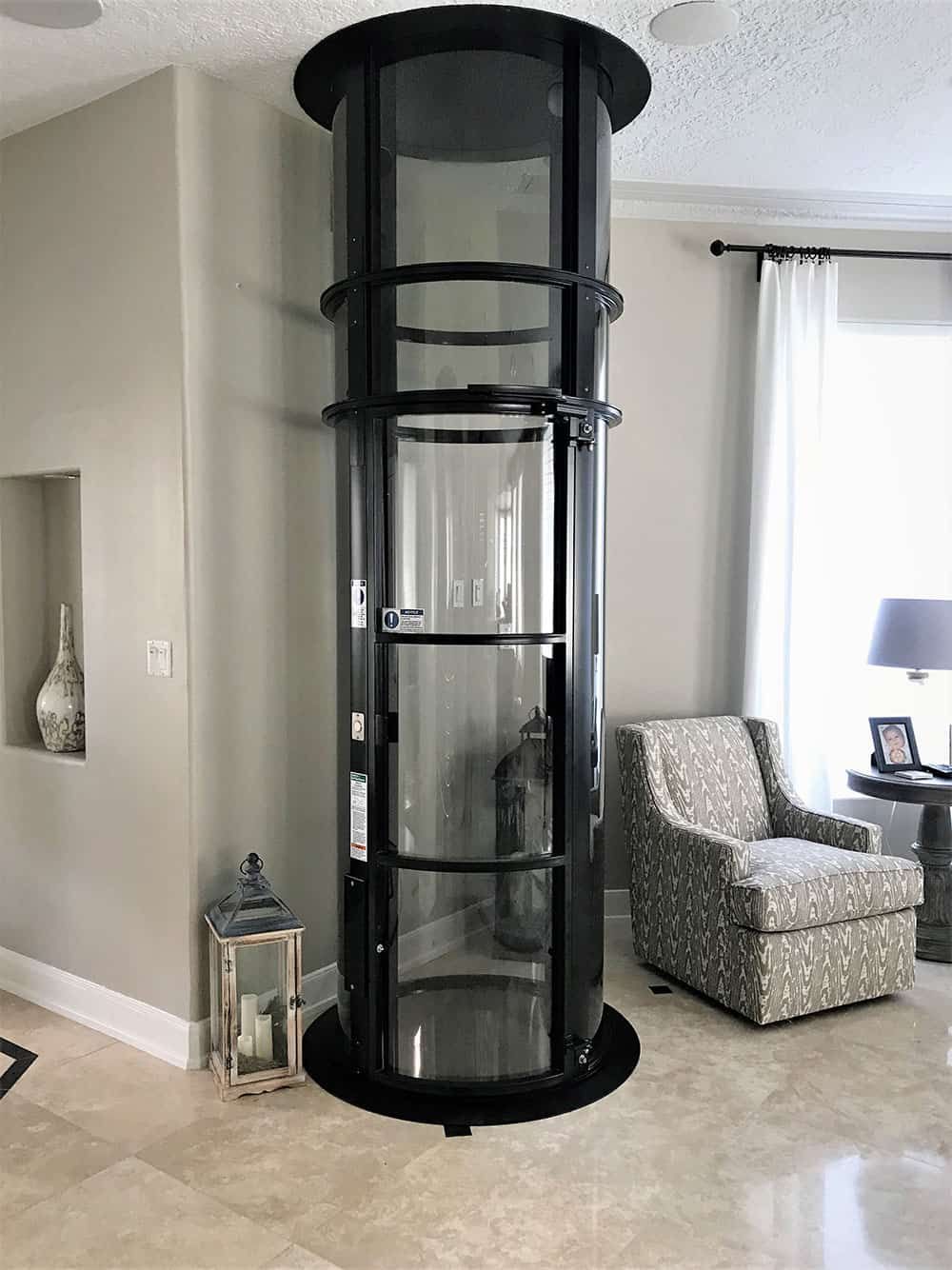
Image Source: Pinterest
If you’ve ever seen an elevator that goes up a vacuum-sealed tube, you’ve seen a pneumatic elevator in action. Gravity and reduced suction tech are used to keep the elevator going up and down with ease (and without the need for a pit or machine room). These elevators are also known to be incredibly energy-efficient, making them popular among those who want to protect the environment. Despite not needing extra room to install, vacuum home elevators are powerful, and can carry upwards of five people (if they have the internal room). Many people looking for quality, space-conscious elevators have gone with pneumatic elevator products over the last decade.
2. Hydraulic
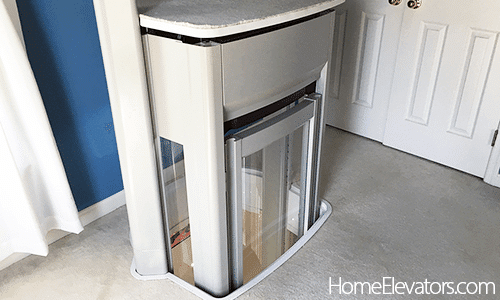
Image Source: Pinterest
To operate, hydraulic residential elevators implement pistons that raise and lower the cab. Hydraulic elevators are one of the most powerful choices out there and their drive mechanisms can allow them to carry loads over seven full floors. If you’re looking for a drive mechanism that will handle heavy loads effectively, this is one of the best options available to you. However, with this power comes a need to provide a pit and separate machine room to operate the elevator effectively. Being prepared for the installation costs and inconveniences is key when investing in a hydraulic elevator.
3. Cable Driven

Image Source: Pinterest
When you think of a traditional elevator, you’re likely thinking of a cable-driven product. These are operated using powerful cables that pull the elevator up and down safely. While they do not require a fully separate machine room, you’ll need a shallow pit installed to help the elevator operate. One of the biggest drawbacks to these otherwise popular models, however, is that they can be quite nosey. As long as you do not mind the noise, however, they are incredibly powerful and can be a great investment. You can even install a cable-driven elevator that can take you from your man cave to your bedroom with ease.
4. Chain Driven
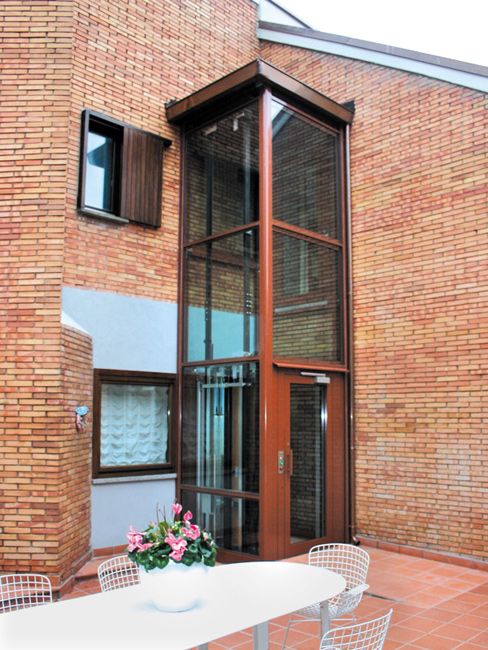
Image Source: Pinterest
Similar to traction-type elevators, which we will discuss in more detail later on, chain-driven elevators use a complex system of gears to go up and down. Because of their unique design, chain-driven elevators come with several important advantages. When properly maintained, these chains are considered to be more durable than cables and provide a quieter ride as well. For nursing homes and the homes of elderly people, this quiet operation is a huge plus. To unlock these benefits, however, you’ll have to be willing to invest a good bit of cash, because chain-driven elevators are more expensive than many other models in the residential marketplace.
5. Shaftless
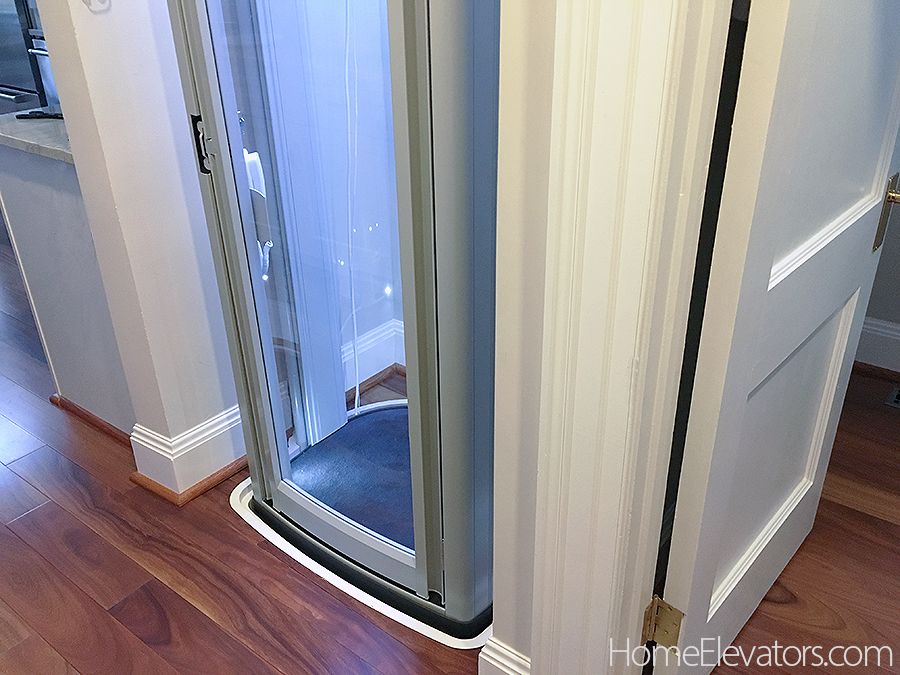
Image Source: Pinterest
These elevators are referred to as “shaftless” because they do not require an enclosed shaft to move objects between floors. Because of this, they have the easiest, and cheapest, installation process of any residential elevator. However, this ease is a trade-off, as they are not nearly as powerful as other elevator types. Although they are not as powerful, there are models strong enough to move people between two floors, which makes them a good choice for wheelchair-bound users who need an affordable option to get between different floors of their homes. The main drawback of shaftless elevators is that they can only be built between two floors of a home.
6. Traction (MRL)
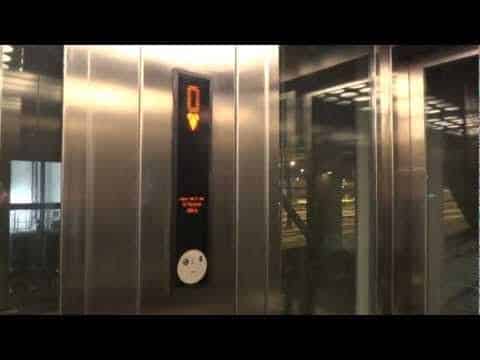
Image Source: Pinterest
For a room-conscious home elevator, traction-drive elevators have become a popular choice. They use a hoistway that allows you to use them without a machine room (which has made the elevator known by a different name as well – machine room-less). The drives in these elevators are powered by steel belts and cables, that are positioned around pulleys, and which then use a counterweight that helps balance out the elevator’s passenger load. Once again, however, this type of elevator requires a shallow pit installation to offset the needs that a machine room would regularly provide for the elevator’s operation.
Find the Right Elevator for Your Home in 2022
With these breakdowns, you can easily discover the perfect home elevator for your residence. In 2022, home elevators have become more popular than ever before. By installing one, you can up the home equity of your residence significantly, and evolve the comfort of your home in a dreamy, futuristic fashion.




